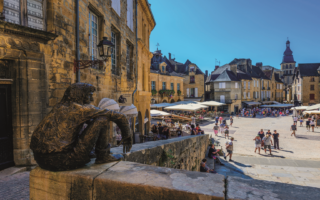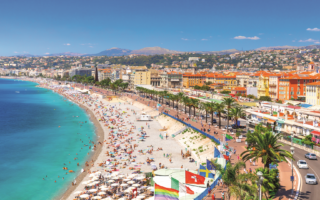Buying Guide – Pyrénées Atlantiques
Essential Reading
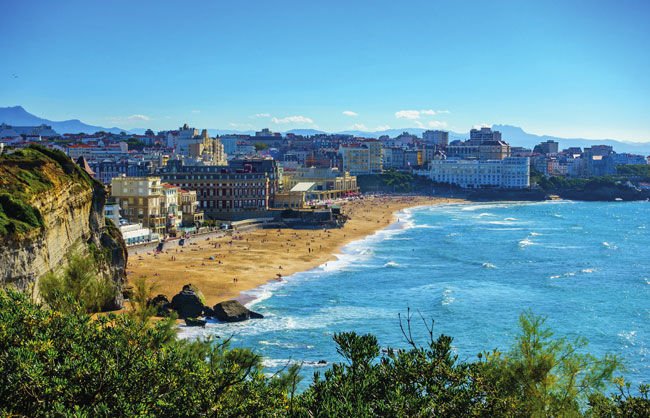
Dominic Bliss explores a corner of France with a Spanish influence that offers all you could want and more – whether you are seeking city-centre investment, rural isolation or a beachside paradise
You’re well south of Bordeaux by the time you reach the Pyrénées-Atlantiques. You’ve driven through the huge pine forests of the Landes, past the massive dunes and endless beaches of the Bay of Biscay, and arrived in France’s final département before the border with Spain.
This is a region of unbelievable variety. Here you’ll find some of Europe’s best surfing beaches, the very chic and sophisticated coastal town of Biarritz, the rolling foothills of the western Pyrénées – even ski resorts.

SETTING THE SCENE
The Pyrénées-Atlantiques is a département covering just over 7,600 square kms (3,000 square miles) in the far southwest corner of France. With a population of 664,000 (France’s 36th most populous département), it forms part of the Nouvelle-Aquitaine region. Its main cities are Pau (85,000 people), Biarritz (25,000), Bayonne (46,000) and Anglet (38,000). But it’s a département of two halves. The western half is the Pays Basque Nord (French Basque Country, in English), with its very distinct culture, cuisine and language. The eastern half comprises the more rural and very pretty uplands of the Béarn.
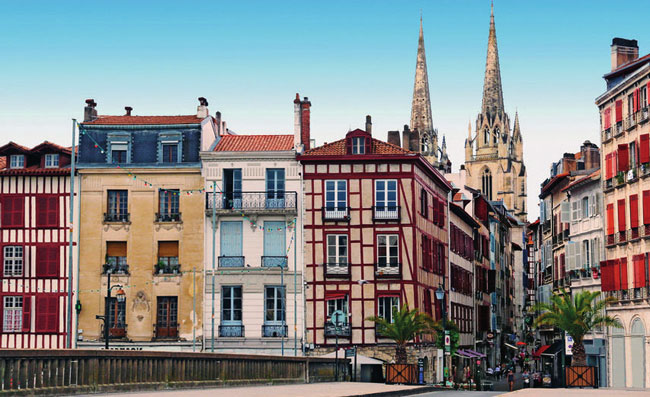
PROPERTIES: AN OVERVIEW
When it comes to property, buyers often focus on one of three choices in this département. Some base their search along the coast, which means one of the beach towns of Anglet, Saint-Jean-de-Luz, Hendaye or (the very chic and sometimes a bit snobby) Biarritz; or they head for the interior, to lose themselves in the wonderful rolling countryside; or they might aim for the foothills and gradually rising peaks of the Pyrénées. Access to the département from the UK is easy with international airports at Pau and Biarritz.
Along the coast you’ll find a flurry of apartments and more modern housing stock. Inland, however, is dominated by the very solid, half-timbered Maisons Basques. These stand out from a distance, thanks to their distinctive window frames and woodwork – often painted in dark red or green.
These buildings play a hugely important role in Basque culture. Far more than just houses, they are social, religious, political and economic symbols of the families that have occupied them for centuries. For that reason they are often handed down from one generation to the next, rarely coming up for sale.
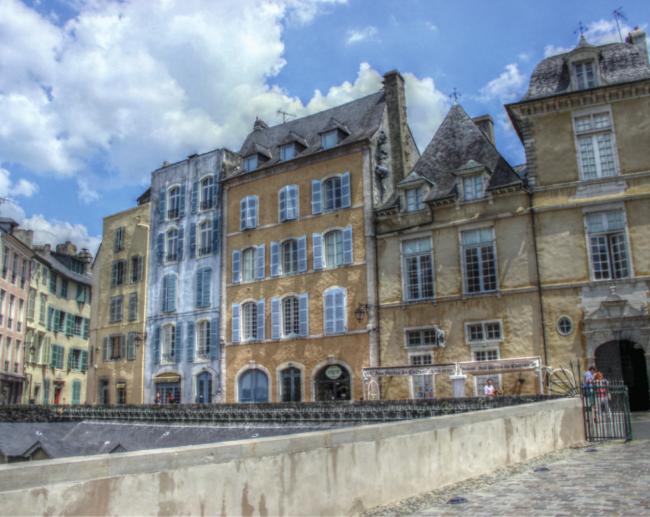
Mark Kurlansky explains the concept very well in his book The Basque History of the World. “A central concept in Basque identity is belonging, not only to the Basque people but to a house, known in the Basque language as etxea,” he writes. “A house stands for a clan. Though most societies at some phase had clans, the Basques have preserved this notion because the Basques preserve almost everything. Each house has a tomb for the members of the house and an etxekandere, a spiritual head of the house, a woman who looks after blessings and prayers for all house members wherever they are, living or dead. These houses – often facing east to greet the rising sun, with Basque symbols and the name of the house’s founder carved over the doorway – always have names.”
WHAT ARE THE MAIN PROPERTY TYPES IN THE PYRÉNÉES-ATLANTIQUES?
MAISONS BASQUES
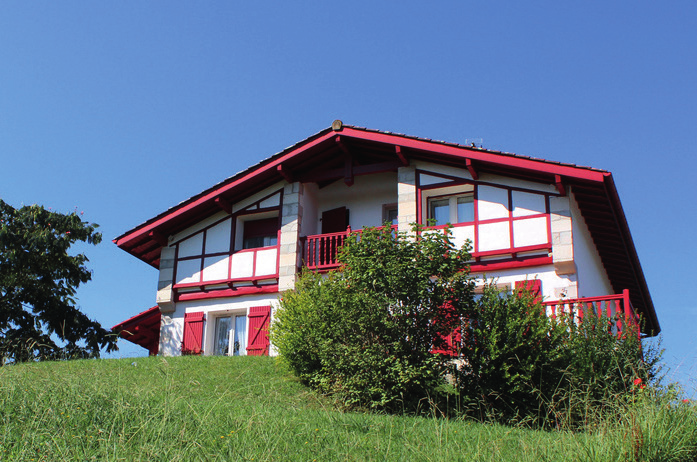
You can’t fail to spot these on your travels across this département. Big, robust and often rectangular villas, with gently sloping roofs, they feature distinctive dark-red or dark-green doorways, shutters, window frames, gables and balconies. They were often built facing east, their backs turned to the prevailing winds coming in off the Atlantic.
MAISONS BÉARNAISES
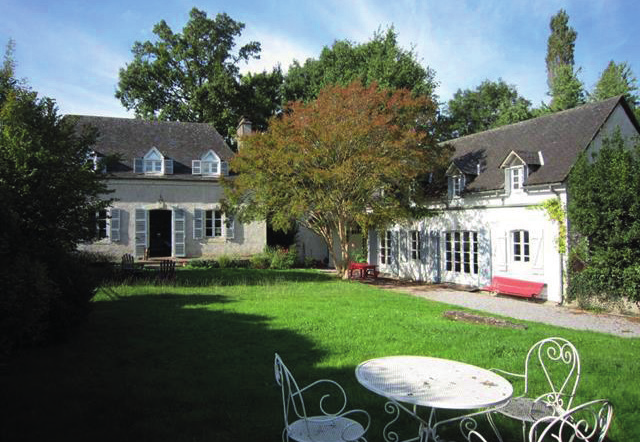
Skilfully constructed pebble façades give these traditional Béarn houses a solid exterior. The roofs pitch steeply (there’s sometimes a lot of snow here in winter) and are covered with tiles or slate. Often there will be an adjoining courtyard and outbuildings, making them suitable as rental properties.
CITY APARTMENTS
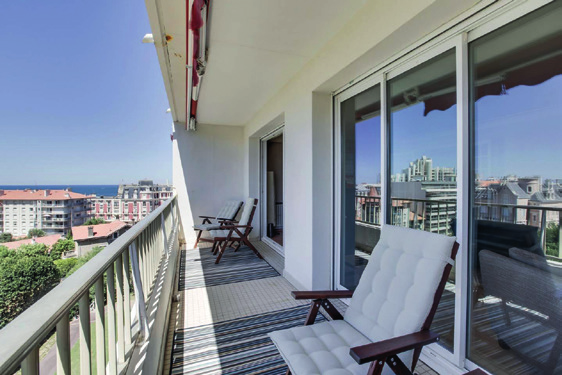
The larger towns of the Pyrénées-Atlantiques (Pau, Biarritz, Bayonne, Anglet and Saint-Jean-de-Luz) have a huge selection of apartment buildings, both traditional and modern. These are ideal as holiday homes or rental properties – or a combination of both.
THE STATE OF THE PROPERTY MARKET IN THE PYRÉNÉES ATLANTIQUES
According to property website MeilleursAgents.com, property prices across the Pyrénées-Atlantiques have been dipping very slightly over the past four years. The average price for apartments is €2,719 per m2, while for houses it’s €2,045. The reason apartments work out slightly more expensive is due to the proliferation of smart urban properties along the coast.
Indeed, of the département’s principal towns, Biarritz is the most expensive, averaging €4,823 per m2 for an apartment, and €4,331 per m2 for a house. Here you’ll find five-star hotels, a casino, spas, jewellery and fashion shops, and bars where you might look out of place if your pullover isn’t slung BCBG-style (that’s French for preppie) around your shoulders.
Biarritz is followed closely by Saint-Jean-de-Luz at €4,772 per m2 for apartments and €4,308 per m2 for houses.
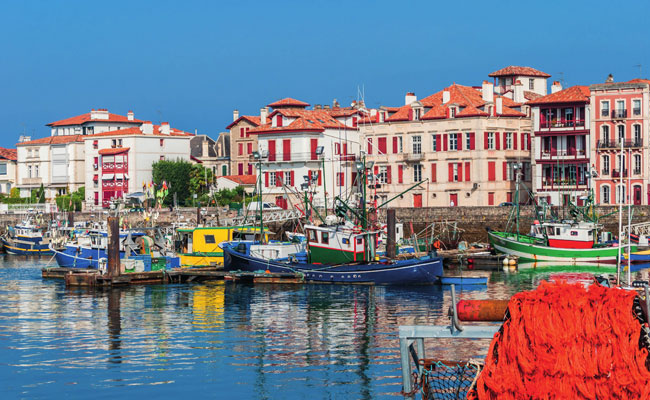
This old fishing and whaling village has grown into a thriving holiday resort, now thronging with tourists during the summer months. A long promenade stretches in a vast semi-circle along the edge of the bay.
Saint-Jean-de-Luz’s shyer little brother is the town of Ciboure, just to the south. This commands the fourth highest property prices in the Pyrénées-Atlantiques (Bidart just pips it to the post), with apartments going for an average of €4,205 per m2 and houses for €3,949 per m2. Other towns with healthy property prices include Anglet, Hendaye and Urrugne. It’s safe to say that prices drop rapidly as you head inland. Mourenx, for example, a few kilometres west of Pau, averages just €820 per m2 for an apartment, and €1,346 per m2 for a house.
WHAT THE AGENTS SAY
“The Pyrénées-Atlantiques is a fantastic place to live full time, part time or for a holiday home,” says Victoria Hayden, agency director at property finance specialists COFIM, in Pau. “The region offers skiing in the beautiful and family-friendly ski resorts of the Pyrénées, as well as the fabulous beaches on the Atlantic coast in surfing towns such as Biarritz and Saint-Jean-de-Luz. A strategic location – in and around the historic city of Pau, for example, or in the charming towns of Salies-de-Béarn or Navarrenx – would allow you to enjoy both of these activities within an hour’s drive. You can also cross the border into Spain to enjoy authentic Spanish culture and cheap shopping.”

Janet Langman, an independent property consultant at Beaux Villages Immobilier in Pau, says the region has always been popular thanks to its excellent cuisine, mild winters, and long summers extending well into October. “The countryside resembles Devon, with gentle rolling landscapes and the Pyrénées always present on the horizon. You can ski at La Pierre Saint Martin, Gourette and La Mongie; swim in the gentle shallow waters at Saint-Jean-de-Luz; and surf in the pounding waves of Biarritz,” she says. “If that sounds like hard work, you can just sit outside your new home, glass of local Jurançon wine in hand, and enjoy the great sparkling canopy of stars arching above.”
Langman adds that, after a high point in the mid-2000s, property prices are now fairly stable across the region. “Property that is realistically priced is attracting both French and overseas buyers.” She points out that the highest property prices of the entire département are on the seafront in Biarritz, where you can expect to pay north of €7,000 per m2 for the smartest houses and apartments. These figures drop sharply once you head to the interior. “You will pay between €2,000 and €3,000 per m2 to live in stunning villages such as Cambo-les-Bains or Hasparren. In the Béarn, prices are generally lower and you can get a village house for between €1,000 and €1,500 per m2. Pau, the département capital, has many affordable areas where you pay an average of €1,700 per m2 to enjoy city life with stunning mountain views. If you are looking for a more intimate town, Salies-de-Béarn is a medieval spa town of 6,000 people that offers thermal baths and spas. Here, the average price is €1,700 per m2 and you can expect to find a lock-up-and-leave town house for around €95,000, or a house with a garden for €200,000.”
Hayden reiterates the fact that prices drop dramatically once you head into the interior of the region. “The Béarn side of the département is more reasonably priced than the coast,” she says. “Prices vary from as little as €180,000, for something relatively modest, to over €1million for a château or hi-tech villa. There is something for every budget in this varied region.”
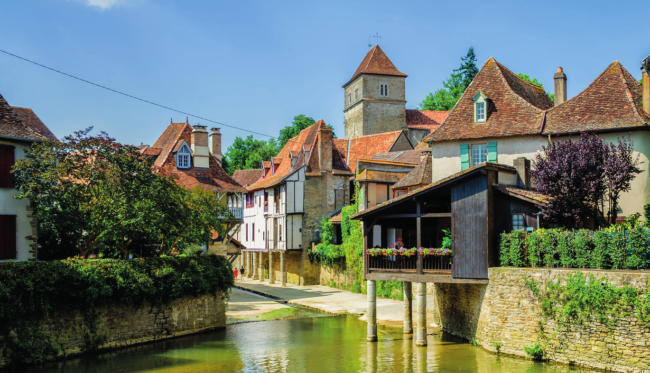
What about potential gîte rental businesses? Hayden says converted outbuildings are one possibility. “Older character properties often have barns, sometimes already converted into holiday-let accommodation. This sort of property allows buyers to combine their own accommodation with an income-generating annexe.”
Langman says it’s rare to find properties with more than one gîte attached. “An alternative is to buy apartments as investment properties, where you can expect to get a return of around five to six per cent on a rental,” she adds. “For example, a one-bedroom flat in Biarritz can be let to holidaymakers in the summer and students during the academic year. Furnished lets are also of interest to Francophiles who wish to experience French life and also have a base from which to explore. Owners might choose to let for six to nine months a year, and then use the properties themselves for the rest of the time.”
Property investors always want to know whether their purchase will gain substantially in value. “I believe so,” says Hayden. “The area has seen property prices drop and then stabilise over the past ten years. As France comes out of its financial crisis, confidence is back and volume of sales is increasing. Last year was a particularly good one for big cities like Paris and Bordeaux. This looks set to continue in 2018 with smaller cities, like Pau, following the example of the important French metropolises. This is likely to lead to an increase in prices in the next few years. Now is a particularly good time to buy in the Pyrénées-Atlantiques as prices remain reasonable.”
So whereabouts in this département would Hayden choose to invest in property herself? “I’d opt for two properties,” she says. “One in the hills south of Pau – somewhere like Jurançon, the heart of the famous wine region, where you can enjoy the calm and quiet location with breathtaking views of the mountains and the vineyards, as well as some city life in the vibrant town of Pau. I would also buy a weekend pied-à-terre on the coast to enjoy warm and sunny breaks as early as February or March, and long hot days on the beach throughout the summer.”
Browse properties for sale in this area>>>
If you would like some assistance discovering this area of France and to find out more about what the property market has to offer please don’t hesitate to give us a call at +44 (0) 1225 463752 or email us at [email protected].
Did you find this guide useful? Get FREE regular updates with our French Property, Home & Life newsletter. Enter your email address here.
If you can’t find what you’re looking for, or don’t have time to search yourself, FrenchEntrée has a dedicated Property Team to assist you in finding your dream property. Let us know what you are looking for and we will do our best to select properties matching your requirements.
Share to: Facebook Twitter LinkedIn Email
Related Articles
Leave a reply
Your email address will not be published. Required fields are marked *


